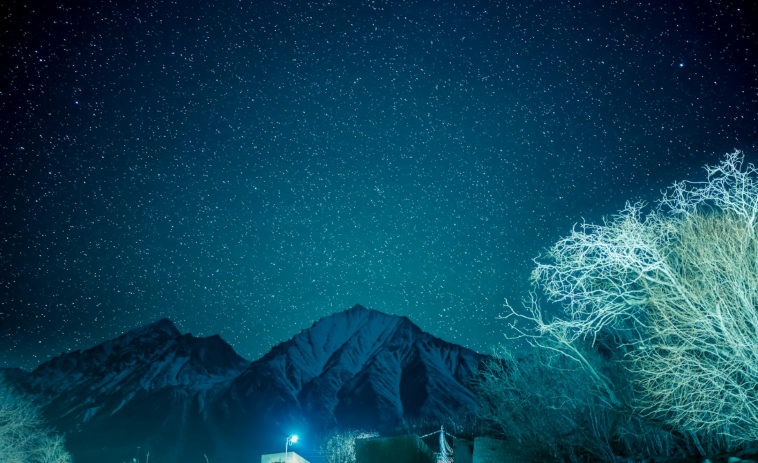Is our beloved Milky Way swallowing up neighboring galaxies?

Our galaxy, the Milky Way, is old and huge. It was formed 13.61 billion years ago, and is the second largest in the Local Cluster, right after the Andromeda Galaxy.
The Local Cluster is a group of over 80 gravitationally bound galaxies.
The Milky Way reached that size by sucking up the surrounding, smaller galaxies, in a process astronomers like to call galactic cannibalism.
It seems that recently astronomers have found in our close neighborhood the remains of perhaps the oldest such event – the devouring of a smaller galaxy.
The stars of the Milky Way are of different ages, sizes and metals within them.

By metals, astrophysicists mean all elements heavier than hydrogen and helium.
But stars born together from the same cloud of dust and gas, logically, have some common properties, say metallicity, etc. After being born in clusters, the stars disperse, i.e. they don’t stay together forever.
That is why astronomers can classify the studied stars into individual populations and thus discover those that were not born in our galaxy at all.
Astronomers have spotted about twenty stars in our neighborhood that have almost no metal in them.
These are very old stars, because heavy elements are formed only during several cycles of stellar life and death to create the metals that will enter the composition of new stars.
The observed stars, which we are talking about, are very poor in metals, and they all have them in equal amounts – and this indicates a common origin.
On top of that, half of those stars move in opposite orbits than other stars.
Now, those stars are much older than typical stars in the Milky Way disk, which tells us that they were not born in our galaxy.

Based on simulations of the motion of these stars and the widespread elements in the galaxy, astronomers assume that these stars originate from a single tiny, dwarf galaxy, about two percent the mass of the Milky Way.
That little galaxy had a very short but stormy life. A large number of stars were formed in it, (of course many stars also went out) but without enough time for their white dwarfs to become supernovae, which is one of the sources of heavy elements in the cosmos.
The mix of elements in these stars tells astronomers that they were formed in the explosions of giant stars and mergers of neutron stars, but not in the explosions of white dwarfs – a process that takes longer.
This small galaxy (astronomers named it: Loki, after a Norse deity) was therefore swallowed up before the white dwarfs had time to create a supernova explosion.
In addition, the stars from the Loki galaxy move in the opposite direction from the local stars.
From all this, the conclusion is drawn that Loki was swallowed up in its early period of evolution, before the small galaxy had time to create its own disk of stars, which otherwise mostly share orbital directions!

